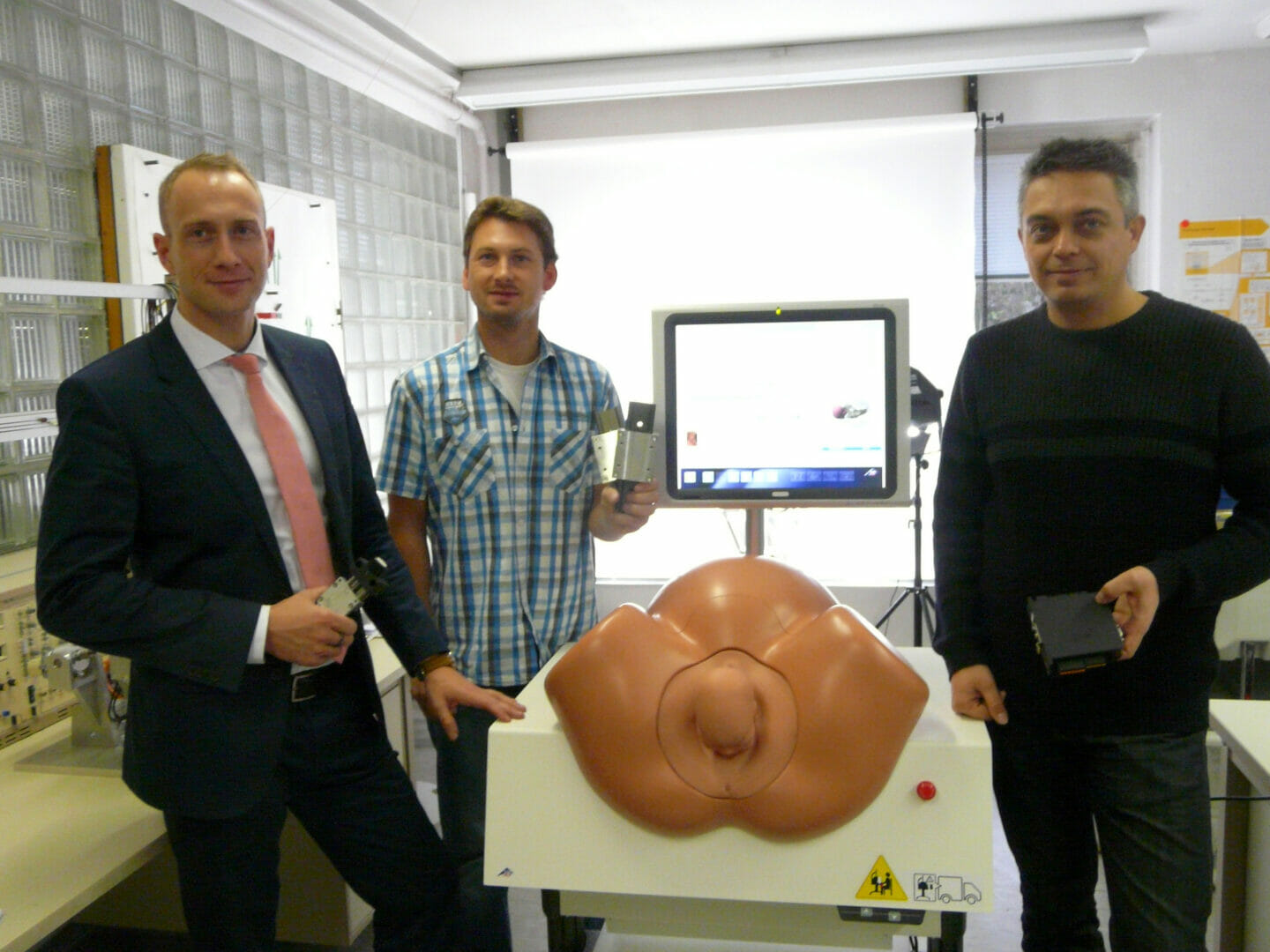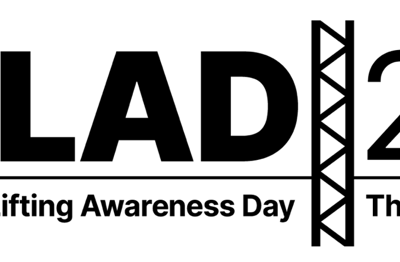3B Scientific GmbH specialises in didactic material for scientific, medical and patient education, ranging from artificial skeletons and human organ models to injection training arms, patient care mannequins and medical simulators. However, there is one important tool in its product range for the training of gynaecologists and midwives, the SIMone birth simulator.
The birth is imminent. The contractions are irregular, the mother’s blood pressure rises dangerously. Various scenarios are now possible: medication, caesarean section, surgery with forceps or suction cup. An experienced gynaecologist or a well-trained midwife makes the right decisions in such a situation. But how does a medical student learn what to do when training to become a specialist?
Users of the SIMone simulator help a plastic foetus to be delivered in different scenarios each requiring specific procedures. The actual birth process is both recorded and predefined with the aid of a force feedback system: the foetus moves through the birth canal. The integrated force-moment sensor, measures the forces and the directions with which the obstetrician brings the baby into the world, and displays on the screen, in real time, these actual values in comparison with the set points regarded as optimal, in addition to medical data such as blood pressure.
The mother’s breathing sounds and expressions of pain are just as audible as the sounds of the child’s heart. The effects of medications such as paracetamol or drips are also simulated and the position of the child in the pelvis is displayed in 3D on the screen. This simulation process is fascinating for the layman, and informative for the obstetrician.
The development of the birth simulator has a long history. Medical engineers at the Technical University of Munich had designed the prototype and, in particular, developed the innovative sensors that record the tensile force in all directions. Headquartered in Hamburg, Germany, 3B Scientific GmbH took over the project, expanding its product range. The production and further development of SIMone was delegated to the company’s Klingenthal branch, in the Vogtland region, south-eastern Germany, which is the competence centre for precision mechanics and mechatronics. The physician can now call up 14 birth scenarios on the touchscreen. There is also a ‘random programme’ with undefined parameters.
Mechanical optimisation work was also required – especially on the linear axis, which provides the path through the birth canal. In one of the original designs a recirculating ball bearing guide was used but it had to be cleaned regularly because the lubricant needed to simulate the birth process dripped into the unit. Since the users did not always pay attention to the appropriate maintenance instructions, that is, to remove this fluid, it caused problems with corrosion that sometimes led to failures.
Therefore, the developers were looking for an alternative – and found them with the drylin system from igus. These linear axes use a sliding pair of hard-anodised slide rails and liners made of the wear-resistant high-performance plastic iglidur with incorporated lubricant – they work without external lubrication, and their function is not impaired by contamination through the birthing lubricant.
After igus linear axes met the full satisfaction of the developers, other components on the simulator have since been replaced. For the positioning of the foetus, SIMone’s developers now use a drive rod consisting of an igus lead screw and an anti backlash lead screw nut. The worm wheel on the force feedback sensor, which causes the rotation of the foetus and was originally made of brass, was also replaced.
As a result, the entire birth simulator is now maintenance-free. This brings advantages for the manufacturer and the users, who also benefit from the fact that the moving components no longer need to be greased. The birth simulator is used in clean environments such as lecture halls and teaching hospitals. Lubricated drive elements are not common or desirable, especially since they can lead to the contamination of clothing during the essential cleaning of the simulator.
For more information, please visit: www.igus.co.uk/drylin or call igus directly on: 01604 677240






